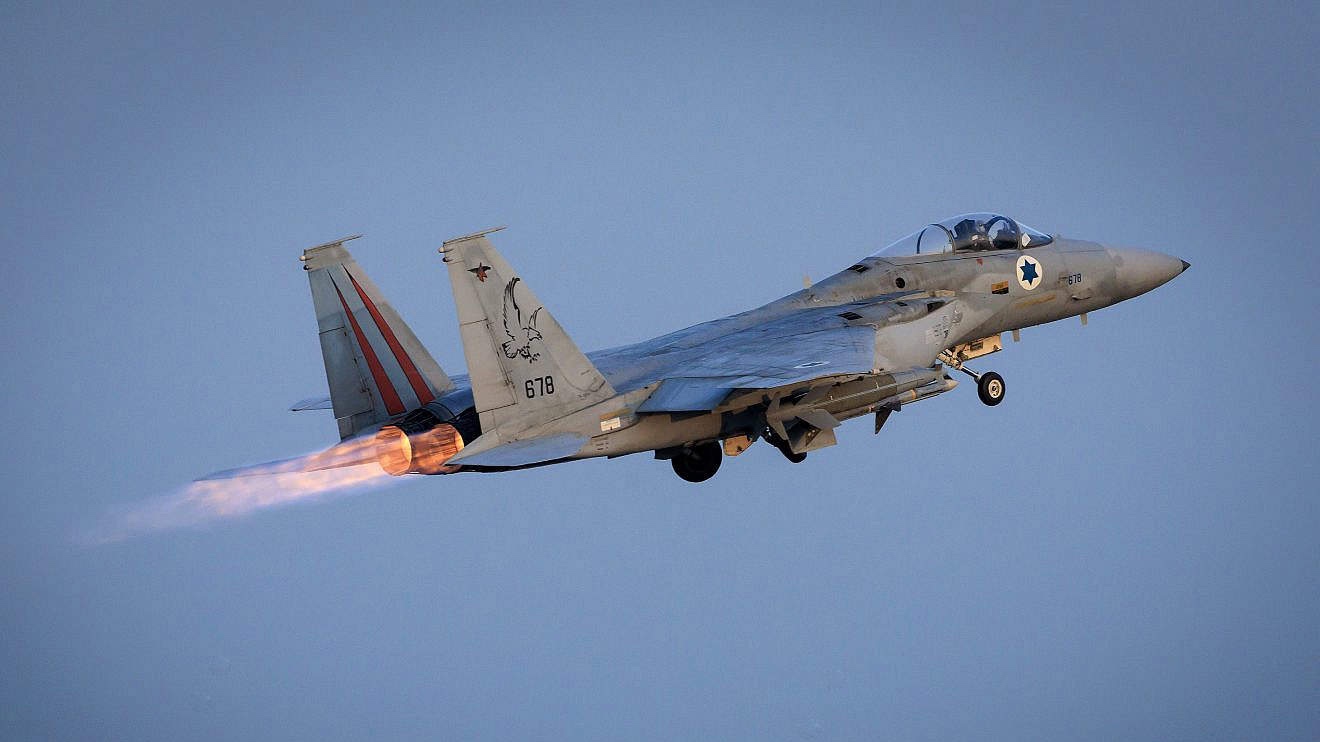Israel executed a high-impact precision strike deep inside Beirut on Sunday, eliminating Haytham ‘Ali Tabataba’i—identified by Israeli intelligence and Hebrew media as Hezbollah’s “chief of staff” and the group’s second‑in‑command. The operation marks one of the most consequential Israeli actions on Lebanese soil in years, and certainly since a broader US-brokered truce came into effect last year.
The Prime Minister’s Office confirmed the hit shortly after the strike, stating, “The IDF struck in the heart of Beirut the Hezbollah chief of staff, who led the terrorist organization’s military buildup and armament.”
Senior Israeli officials say they are highly confident that Tabataba’i was killed in the attack.
Lebanese media: 3 dead, 25 wounded
Lebanese outlets reported three fatalities and at least 25 wounded from the strike, which struck a building in a densely populated Beirut neighborhood used by Hezbollah operatives. The casualties highlight how deeply embedded the group’s military infrastructure remains within civilian areas.
A target long sought by Israel and the US
Tabataba’i has been a named target for years. The United States placed a $5 million bounty on him in 2016, designating him a global terrorist for commanding Hezbollah’s activities in Syria and Yemen. His role in shaping Hezbollah’s regional military strategy made him one of the most valued operatives in the organization.
Prime Minister Benjamin Netanyahu ordered the strike following recommendations from Defense Minister Israel Katz and IDF Chief of Staff Lt. Gen. Eyal Zamir. “The State of Israel is determined to act to achieve its objectives anywhere, at any time,” the PMO said.
🚨🚨🇮🇱🇱🇧 Breaking: Ali (Haysam) Tabatabai, Hezbollah’s number 2 and its de facto Chief of Staff has been eliminated. pic.twitter.com/1RfbCSRb3H
— Terror Alarm (@Terror_Alarm) November 23, 2025
Strike comes amid ceasefire violations
The operation unfolds against the backdrop of the Nov. 26, 2024 ceasefire between Israel and Lebanon. The truce was meant to end more than a year of Hezbollah-initiated cross-border attacks following Hamas’s October 7 massacre. Yet since the ceasefire, Hezbollah has continued attempts to rebuild its military infrastructure, prompting frequent Israeli raids to disrupt its capabilities.
This strike represents a significant escalation: it targeted not infrastructure, but the upper command itself.
Israel expects possible retaliation—but doubts Hezbollah can afford it
Israeli security officials say they are preparing for potential retaliation from Hezbollah. Yet several defense sources also note that Hezbollah is in no condition to escalate, given its degraded capabilities, internal pressure, and the repeated blows delivered by Israeli strikes since October 2023.
Katz: “We will not return to the pre–October 7 reality”
Defense Minister Katz framed the operation as part of Israel’s post–October 7 strategic doctrine. “Anyone who raises a hand against Israel will have his hand cut off,” he said. “We will continue the policy of maximum enforcement in Lebanon and anywhere else.”
Speaking hours before the strike, Netanyahu told cabinet ministers: “The IDF struck in Lebanon this weekend, and we will continue to do everything necessary to prevent Hezbollah from re‑establishing its threat capability against us.”
A message heard across the region
The elimination of Hezbollah’s No. 2 sends a clear warning to Tehran and its proxies: Israel’s reach is long, and the era of immunity for terror leadership is over.
And for Hezbollah, already weakened by war and under strain at home, the strike may be a blow from which it struggles to recover.
Want more news from Israel?
Click Here to sign up for our FREE daily email updates














